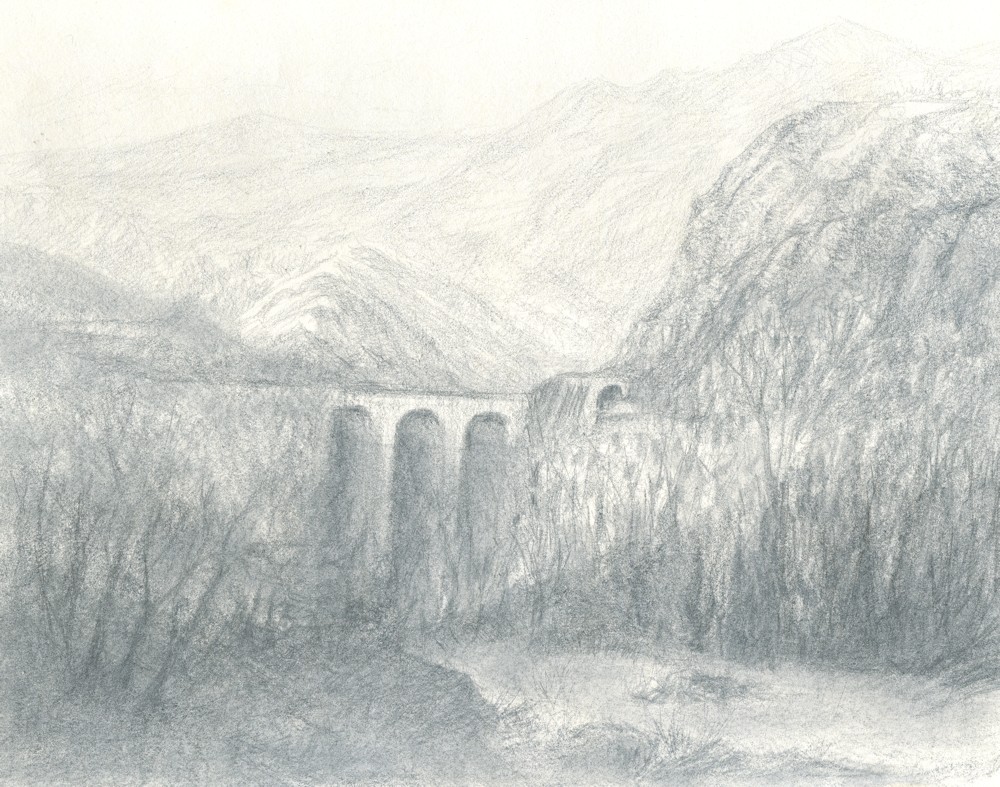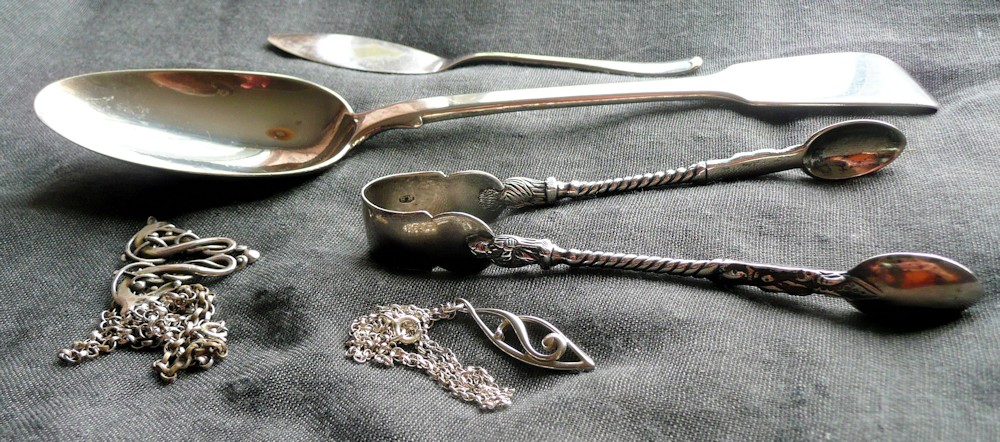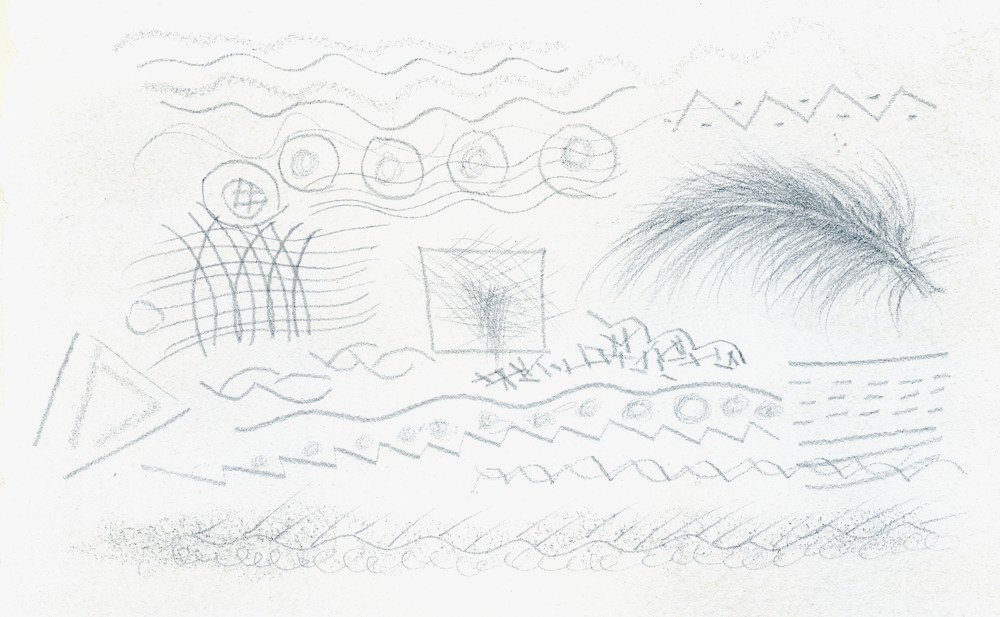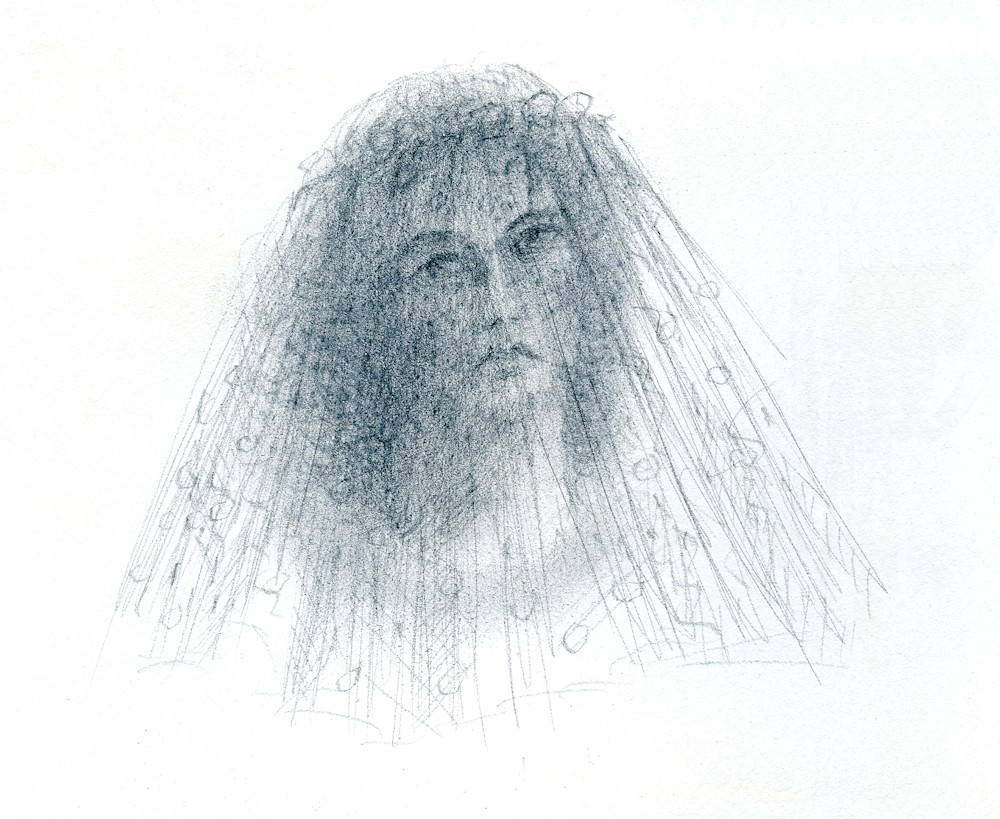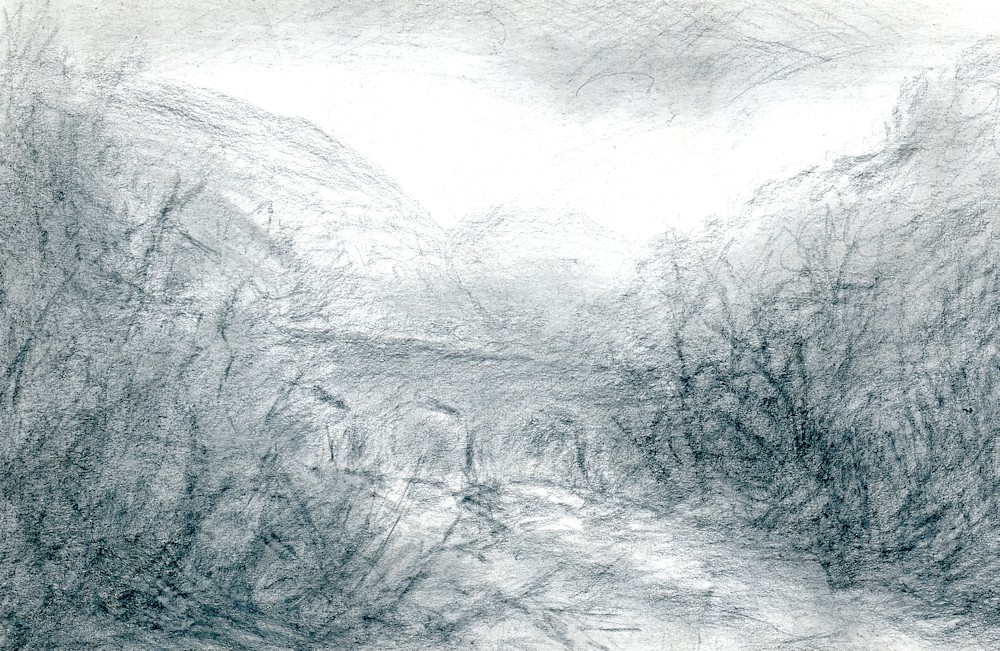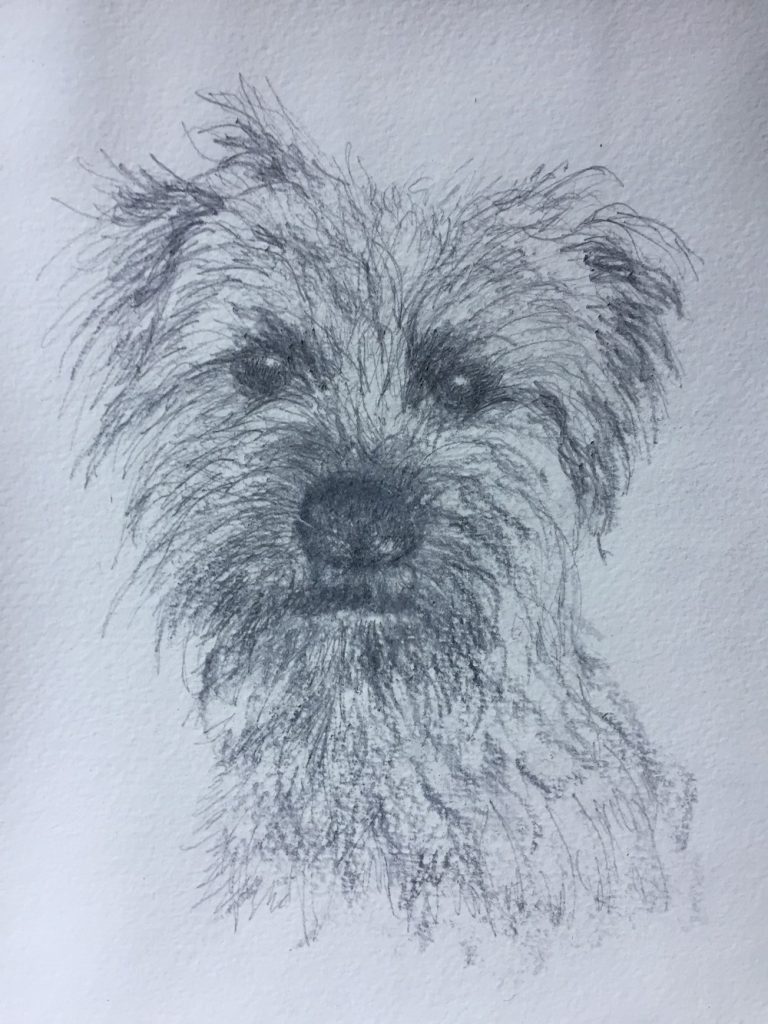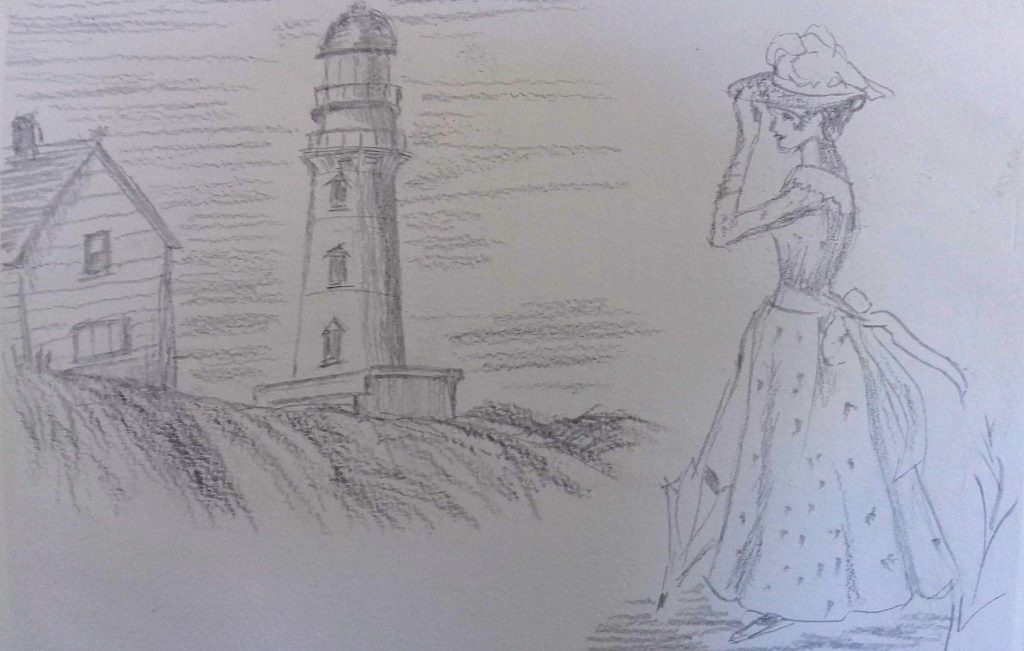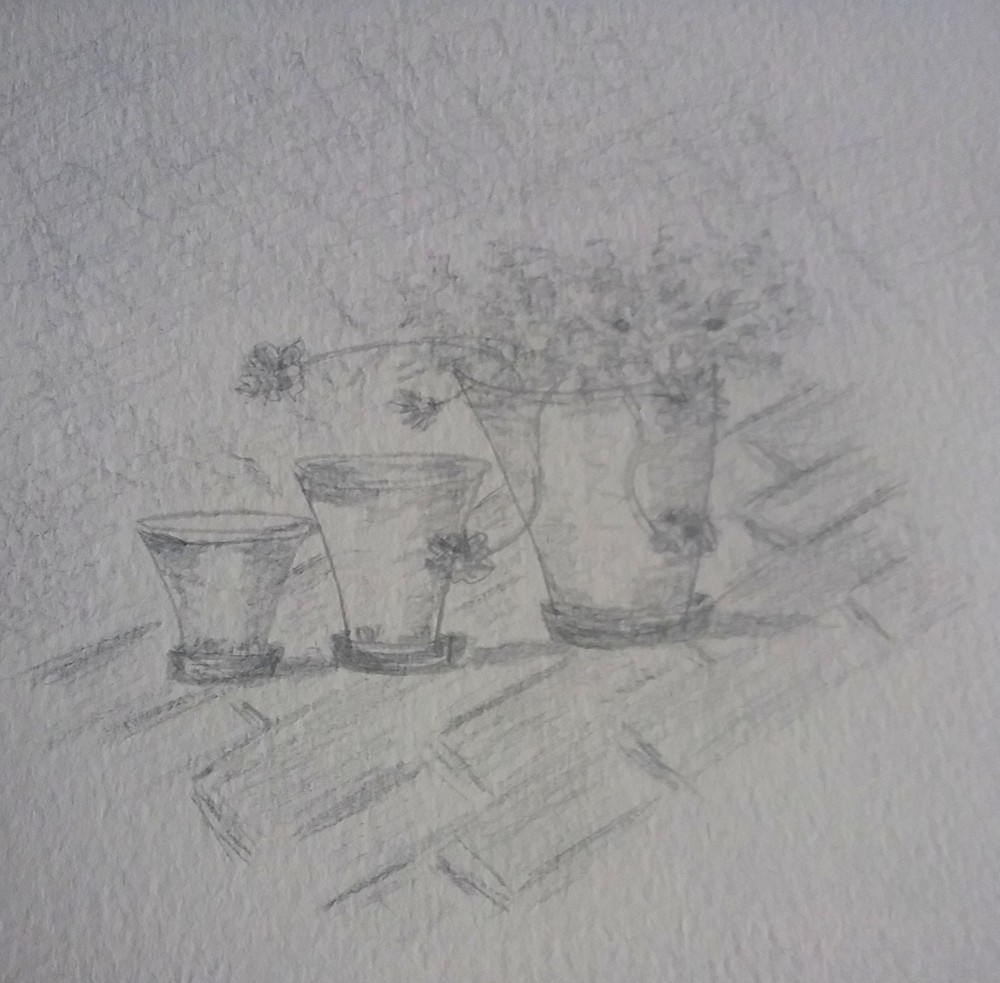Drawing with Bling: first experiments with Silver Point
April 13, 2020
Unbelievably this is ACT 4 the fourth Art Challenge Tuesday since I was able to give classes. Hope you enjoy this one.
Silver point was a very popular technique for drawing in the fifteenth and sixteenth centuries. The drawings were made with a silver wire in a holder on a ground prepared with gesso, which provided a tooth for the silver particles to be deposited. It is easy to experiment with silver point with materials you are likely to have in your art equipment and around the home.
Take a piece of heavy-weight watercolour paper, preferably Hot Pressed 300gsm or more, but NOT will do, or even a small off cut of mount board. Apply two layers of Chinese white, or as I used, permanent white gouache; the first coat should be dilute and the second much stronger. You may wish to prepare paper with more layers of white; the aim is to provide a fairly uniform surface before starting to draw. When dry the support is ready to use. For a large scale drawing it is advisable to stretch the paper first to avoid cockling but for your first small scale experiments that should not be necessary. The sketch above was about 7 x 10 inches and the one at the end of this post only about 7 x 5 inches.
Next find your drawing tools; silver jewellery, silver spoons, butter knives and sugar tongs, even EPNS cutlery will work. In fact most kinds of metal including gold will leave some sort of mark on a prepared paper. Drawing with silver leaves quite a delicate trace of the metal but after time this will tarnish and produce a darker and warmer drawing. Start by finding what marks you can make with various tools and then make a drawing.
The images are my first rather crude attempts. I am also going to make some drawings with silver wire and surfaces prepared with a casein chalk gesso manufactured for use with silver point. Traditionally, surfaces would have been sized with rabbit skin glue, then coated with several layers of gesso and sanded, so that an even surface was achieved that still had enough tooth for drawing with a silver tool. Spoons and found implements do not give the control that a wire in a holder would, but do provide an interesting variety of broad and more delicate marks, so have fun drawing with your bling or the family silver!
Your Drawings:
